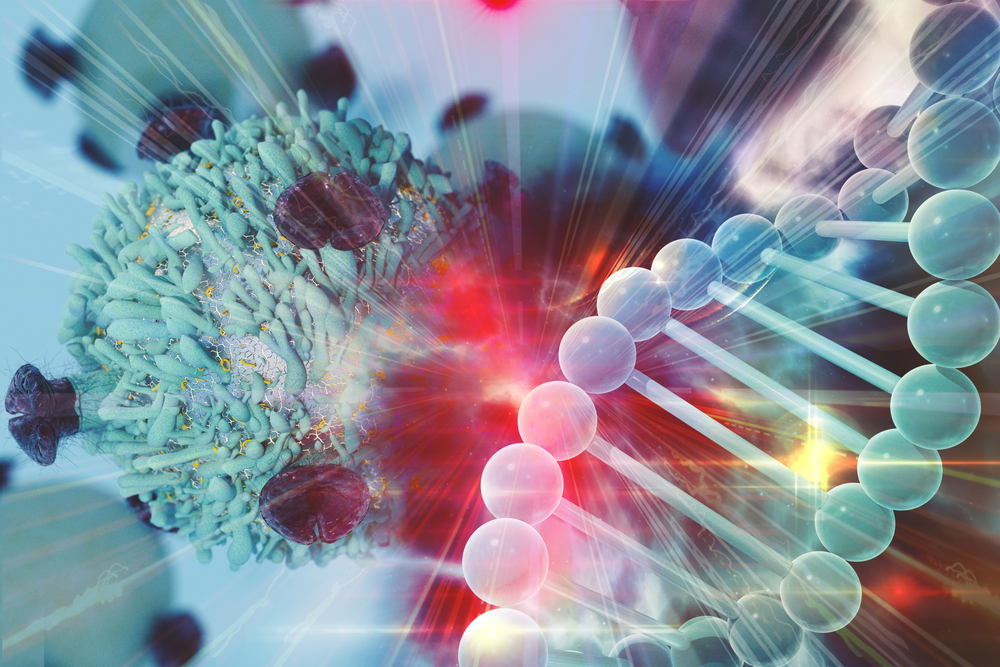UBE3A Activity in Immune Cells May Underlie Patients’ Motor, Speech Difficulties
Written by |

High activity levels of the UBE3A gene in immune cells is linked to poorer fine motor and language skills in people with Angelman syndrome (AS) and more severe autistic features in those with Prader-Willi syndrome (PWS), a study reported.
According to its researchers, these findings suggest that inflammatory cascades and changes in the immune system may contribute to a worsening of these neurodevelopmental disorders.
“The immune system plays an important role in ensuring that nerve cells in the brain function properly. This is the first study to show that gene expression [activity] changes in white blood cells of individuals with PWS and AS are related to these issues too,” David Godler, PhD, an associate professor at the University of Melbourne, head of the Diagnosis and Development Laboratory at the Murdoch Children’s Research Institute (MCRI), and the study’s senior author, said in a press release.
If confirmed in future studies, these findings may lead to treatments leveraging immune cell function, as well as the adoption of blood gene activity tests as non-invasive biomarkers of disease severity and treatment responses for AS and PWS.
The study, “Relationships between UBE3A and SNORD116 expression and features of autism in chromosome 15 imprinting disorders,” published in the journal Translational Psychiatry.
PWS and AS are both rare neurodevelopmental disorders caused by genetic defects in the same region of chromosome 15. While PWS is associated with the loss of function of paternal genes, Angelman is caused by the loss of the maternal copy of UBE3A gene from specific regions of the brain.
Both disorders can cause a wide range of intellectual disabilities, along with physical, social, and language deficits. While some studies establish connections between a patient’s genetic background and disease severity, the high degree of variability of some AS and PWS subtypes calls for non-invasive, peripheral tissue biomarkers to help doctors assess symptom severity and patient responses to treatments.
Investigators at MCRI, along with colleagues at the University of Kansas Medical Center, report finding first evidence of changes in UBE3A gene activity in immune cells circulating in the bloodstream of patients that might correlate with the type and severity of some symptoms.
The team used a highly sensitive technique, called quantitative droplet digital polymerase chain reaction (ddPCR), to measure UBE3A activity, or expression levels, in immune cells circulating in the blood of 58 individuals, ages 1 to 45, with AS, PWS, or chromosome 15 duplication syndrome. (Twenty-one of these 58 people had Angelman syndrome.)
UBE3A gene activity levels in these cells were found to associate with specific disease features of AS and PWS. Specifically, high UBE3A expression levels correlated with social and communication impairments in people with PWS, and with language and fine motor deficits in those with AS.
“The study approach was novel. The resultant genetic and clinical findings are preliminary; but if confirmed may revolutionise our understanding of brain-behavioural-gene interactions, opening new research on the role of genetics in human behaviour and treatment,” said Merlin Butler, MD, PhD, a professor of psychiatry and pediatrics at the University of Kansas Medical Center, and a study co-author.
Next steps in research include assessing whether these changes in UBE3A gene activity levels also happen in nerve cells supporting neurons in the brain of PWS patients, the researchers said. Lead study investigators recently received additional funds from the Foundation for Prader-Willi Research (FPWR) to continue work on the project.
Potential future studies are wanted to investigate the “relationships between peripheral tissue biomarkers and other tissues such as [spinal fluid] and brain tissue, where available … [and to] further confirm the utility of peripheral biomarkers in understanding the molecular underpinnings of these rare genetic syndromes,” the researchers wrote.





